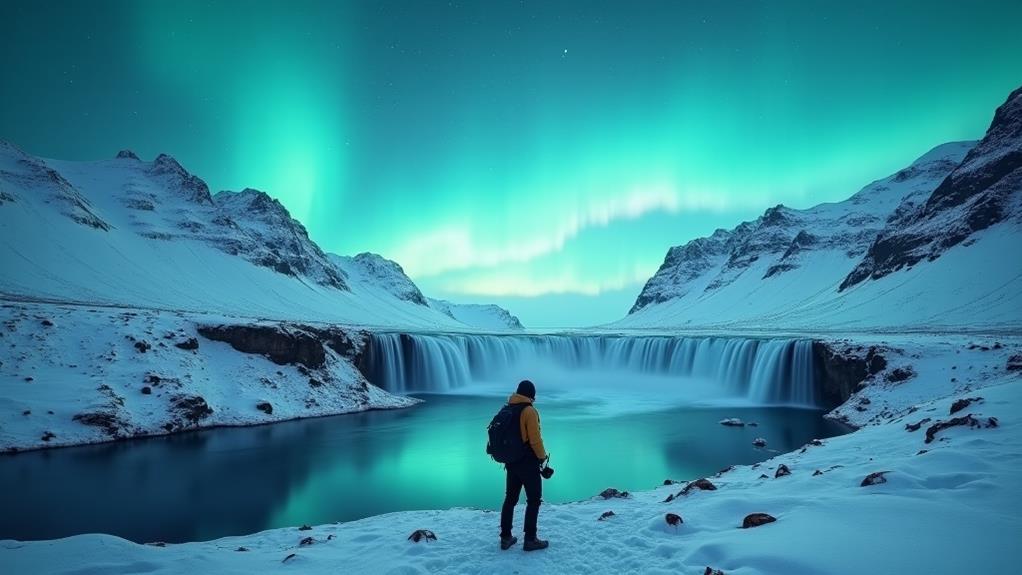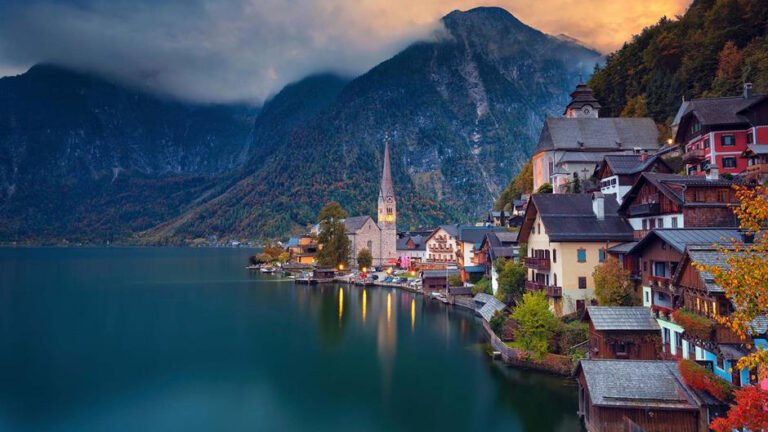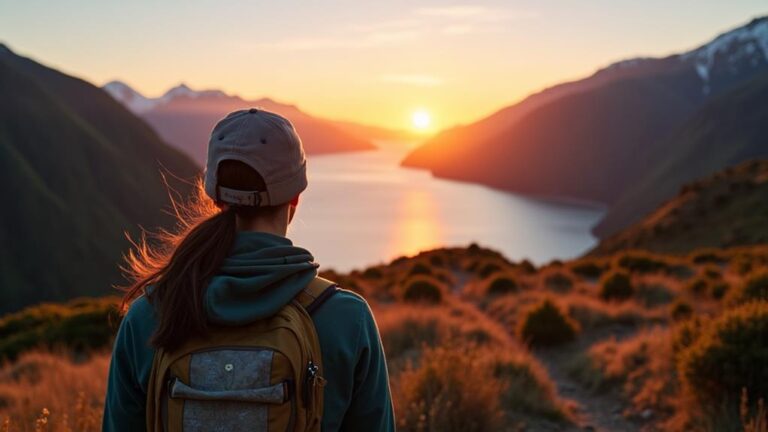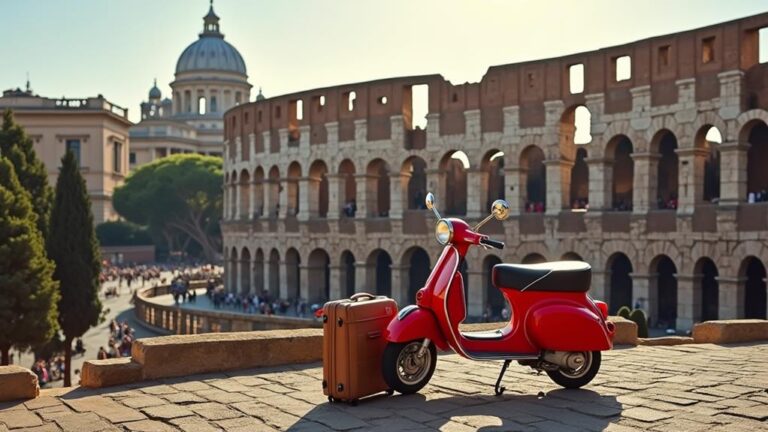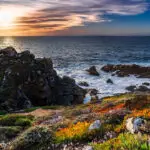You might not know that Iceland experiences a unique phenomenon called the 'Polar Night' during winter months, where the sun can be below the horizon for up to 20 hours a day. As a first-time visitor, navigating this unfamiliar environment can be challenging, but with the right preparation, you'll be well-equipped to handle anything Iceland throws your way. From packing essential gear to understanding local customs, there's a lot to consider before embarking on your journey. But what are the most crucial tips to keep in mind, and how can you make the most of your time in this breathtaking country?
Contents
- 1 Key Takeaways
- 2 Preparing for Unpredictable Weather
- 3 Essential Items to Pack
- 4 Navigating Iceland's Roads
- 5 Choosing Your Accommodation
- 6 Best Time to Visit Iceland
- 7 Must-Visit Icelandic Attractions
- 8 Staying Safe in Iceland
- 9 Budgeting for Your Trip
- 10 Respecting Icelandic Culture
- 11 Frequently Asked Questions
- 12 Conclusion
Key Takeaways
- Pack layers and waterproof gear to withstand Iceland's unpredictable weather conditions.
- Familiarize yourself with local driving etiquette and warning signs, especially on gravel roads.
- Plan your budget carefully, considering accommodations, food, activities, and transportation.
- Prioritize river safety and join certified guides for glacier hiking and other high-risk activities.
- Respect Iceland's unique culture and environment by following local customs and the "take nothing but pictures" rule.
Preparing for Unpredictable Weather
Preparing for Unpredictable Weather
When traveling to Iceland, you'll soon realize that the country's weather is notoriously unpredictable and can change in an instant.
Sudden rain showers, strong gusts of wind, or even snow can catch you off guard if you're not prepared. To stay on top of the weather, it's essential to check weather forecasts regularly.
You can use apps like the Icelandic Met Office or websites like Windguru to stay updated on the latest forecasts.
Layering strategies are also crucial in Iceland's unpredictable climate.
Pack clothes that can be easily layered, such as thermal tops, fleeces, and waterproof jackets. This will allow you to adjust to changing conditions quickly.
Consider wearing breathable and moisture-wicking fabrics to keep you dry and comfortable. Don't underestimate the power of accessories like hats, gloves, and scarves – they can make a significant difference in extreme weather conditions.
Essential Items to Pack
Packing the right gear can make all the difference in your Icelandic adventure.
When preparing for your trip, consider the unique aspects of traveling in Iceland. Start by packing layers of clothing that can withstand the unpredictable weather conditions.
Bring a waterproof and windproof jacket, insulated pants, and warm gloves. Don't forget a hat and scarf to protect your face and neck from the harsh winds.
To keep your gear organized, use packing cubes to separate your clothing and essentials.
This will make it easier to find what you need quickly and avoid overpacking. In addition to your clothing, be sure to pack essentials like a first aid kit, sunscreen, and a portable charger.
Iceland uses Type F power sockets, which are different from those in North America, so don't forget to bring a travel adapter.
A rechargeable water bottle and a waterproof phone case are also must-haves for your trip.
Now that you've got your gear in check, it's time to think about getting around Iceland.
Navigating the country's roads can be a bit challenging, but with some knowledge and preparation, you'll be driving like a pro in no time.
Familiarize yourself with Iceland's road signs, which are mostly in English, but some may be in Icelandic.
Pay attention to warning signs, especially those indicating rough roads, strong winds, or steep slopes.
When driving in Iceland, follow local driving etiquette.
Always keep to the right side of the road, and give way to oncoming traffic on narrow bridges.
Be mindful of pedestrians, especially in urban areas, and use your headlights at all times, even during the day.
Iceland's roads can be unpredictable, with sudden changes in weather and road conditions.
Stay alert and adjust your speed accordingly.
Additionally, be aware of gravel roads, which can be slippery and require reduced speed.
Choosing Your Accommodation
When choosing your accommodation in Iceland, consider what suits your needs and budget best.
You'll find various options, from budget-friendly hostels to luxury hotels, and everything in between. If you're planning to explore Reykjavik, look for a room location that's central to the city. This will give you easy access to local amenities like restaurants, cafes, and shops.
If you're venturing out to the countryside, consider staying in a rural guesthouse or farm stay. These options often provide a more authentic Icelandic experience and can be a great way to meet locals.
Keep in mind that some rural areas may have limited amenities, so it's essential to plan ahead and book accommodations that suit your needs.
When booking your accommodation, read reviews and check the location to ensure it meets your requirements.
Look for amenities like Wi-Fi, breakfast options, and laundry facilities. Some accommodations may also offer additional services like tour bookings or car rentals.
Best Time to Visit Iceland
With your accommodation sorted, it's time to consider the timing of your trip.
The best time to visit Iceland largely depends on your preferences and what you want to experience.
If you're interested in witnessing the Midnight Sun, plan your trip around the Summer Solstice, which typically falls on June 20-22. During this period, the sun remains visible for almost 24 hours, providing endless daylight and breathtaking views.
Summer is the peak tourist season in Iceland, with July and August being the warmest months.
The days are long, and the weather is relatively mild, making it ideal for outdoor activities like hiking and exploring. However, this period also attracts large crowds and higher prices.
If you're looking for a more peaceful experience, consider visiting during the shoulder season, which includes April to May and September to October.
These periods offer a good balance of decent weather and smaller crowds.
The winter months, from November to March, are best suited for those interested in witnessing the Northern Lights or enjoying winter sports.
Must-Visit Icelandic Attractions
You're now ready to explore Iceland's breathtaking attractions that make it a unique destination.
From the stunning landscapes of natural wonders to the country's most recognizable landmarks, you'll find a diverse range of must-visit sites that showcase Iceland's fascinating geology and rich history.
As you plan your trip, consider adding these unmissable attractions to your itinerary, including the breathtaking waterfalls, geothermal hotspots, and iconic structures that make Iceland a world-renowned travel destination.
Natural Wonders
Many of Iceland's most breathtaking natural wonders are undoubtedly its waterfalls, glaciers, and black sand beaches.
You'll be in awe as you witness the sheer force of Gullfoss and Skógafoss waterfalls, cascading down rugged cliffs.
The glaciers of Vatnajökull and Mýrdalsjökull offer a glimpse into Iceland's glacial landscapes, with their ancient ice masses and glacial rivers.
As you explore the glaciers, keep an eye out for glacier hiking and ice caving opportunities.
In addition to these natural wonders, Iceland is also home to geothermal wonders that will leave you amazed.
The bubbling mud pools and geysers of the geothermal areas, such as Landmannalaugar and Hveravellir, showcase the unique geological forces at work beneath the surface.
You'll also have the chance to soak in natural hot springs, a perfect way to unwind after a day of exploring.
Take your time to appreciate the unique landscapes that Iceland has to offer, from the glacial lagoons to the black sand beaches.
The contrasting colors and textures will leave you with unforgettable memories of your trip to this incredible country.
Popular Landmarks
Beyond Iceland's breathtaking natural wonders, the country is also steeped in history and culture, boasting a rich collection of landmarks that showcase its unique heritage.
You'll find a plethora of popular landmarks in Iceland, each telling a story of its own. One of the most iconic is the Hallgrímskirkja church in Reykjavik, a striking example of Expressionist architecture that offers panoramic views of the city.
When it comes to Hidden Gems, consider visiting the lesser-known settlement of Seyðisfjörður, a picturesque fishing village nestled in a fjord.
For a taste of Iceland's maritime history, head to the Famous Lighthouses that dot the coastline. The Westmannaeyjar Islands are home to the iconic Gvendarlaug lighthouse, while the Dyrhólaey lighthouse in Vik offers breathtaking views of the nearby black sand beach.
Other must-visit attractions include the Þingvellir National Park, a UNESCO World Heritage Site where you can walk between tectonic plates, and the Harpa concert hall in Reykjavik, with its unique glass architecture.
Staying Safe in Iceland
Iceland's rugged landscape and unpredictable weather can pose significant risks to travelers.
To minimize the danger, you'll need to be prepared and aware of potential hazards. When exploring Iceland's beautiful rivers, prioritize river safety.
Be cautious of strong currents, and never attempt to cross a river without a safe and sturdy bridge or a certified guide.
If you're planning on glacier hiking, be sure to join a guided tour with experienced and certified guides.
They'll provide you with the necessary gear and knowledge to navigate the glacier safely. Always follow their instructions, and stay within designated areas to avoid crevasses and other hazards.
Additionally, be aware of the weather forecast before heading out, and adjust your plans accordingly.
Iceland's weather can change quickly, so it's essential to be prepared for sudden changes in conditions.
Bring warm and waterproof clothing, and stay informed about any potential risks or hazards in the area you're visiting.
Budgeting for Your Trip
How much will your dream trip to Iceland end up costing you? The answer largely depends on your travel style and the time of year you visit.
As a general rule, Iceland can be quite expensive, so it's essential to plan your budget carefully. You'll need to consider the cost of accommodations, food, activities, and transportation.
When it comes to currency exchange, the Icelandic króna (ISK) is the local currency. You can exchange your money at the airport or withdraw ISK from an ATM. Credit cards are widely accepted in Iceland, so you may not need to exchange a lot of cash.
Your daily expenses will add up quickly, especially if you're eating out or taking part in expensive activities like glacier hiking or snorkeling.
On average, you can expect to pay around 2,500-3,000 ISK ($20-25 USD) for a meal at a mid-range restaurant. Gasoline is also pricey, so consider renting a fuel-efficient vehicle or joining a guided tour to split the costs.
Respecting Icelandic Culture
Respecting Icelandic Culture
As you immerse yourself in Iceland's breathtaking landscapes, it's essential that you respect the country's unique culture and traditions.
Understanding local etiquette and traditional customs will make your trip more enjoyable and enriching. When interacting with Icelanders, be prepared for direct and straightforward communication – they value honesty and authenticity.
Learn a few basic Icelandic phrases, such as "halló" (hello) and "takk" (thank you), to show respect and appreciation for their culture.
When visiting someone's home, remove your shoes before entering, as this is a common practice in Icelandic households. Also, be mindful of the country's strong emphasis on equality and respect for all individuals, regardless of their background or lifestyle.
In public places, respect Iceland's natural environment and unique landscapes by following the "take nothing but pictures, leave nothing but bubbles" rule – a local mantra that encourages responsible tourism.
Frequently Asked Questions
Can I Use My Credit Card Everywhere in Iceland?
You can use your credit card almost everywhere, but check your credit limits first to avoid overspending. Also, be aware of foreign fees, which can range from 1-3% per transaction, and inform your bank of international travel.
Do I Need to Speak Icelandic to Communicate?
You don't need to speak Icelandic to communicate, but learning basic phrases can go a long way. Most Icelanders speak English fluently, minimizing language barriers, but knowing 'Halló' (hello) and 'Takk' (thank you) is appreciated.
Are There Any Discount Cards for Tourists Available?
You can score big on tourist perks by grabbing a Reykjavik City Card or an Iceland Tourist Card, offering discount schemes on attractions, public transport, and activities, making your trip more affordable and fun.
Can I Exchange Currency at Icelandic Banks?
Carefully considering currency exchange, you can indeed exchange at Icelandic banks, but compare rates to avoid unfavorable currency rates and steep exchange fees, which can quickly add up and dent your travel budget.
Is Tap Water Safe to Drink in Iceland?
You can confidently drink tap water, knowing it's of exceptional quality due to Iceland's pristine environment and effective filtration methods, making it one of the safest and cleanest drinking waters in the world.
Conclusion
As you embark on your Icelandic adventure, remember it's like piecing together a puzzle – every element, from weather awareness to cultural respect, is crucial to the bigger picture. With these tips in mind, you'll be well-equipped to navigate Iceland's stunning landscapes and immerse yourself in its unique culture. Prioritize your needs, plan carefully, and stay flexible – the result will be a journey as breathtaking as the Land of Fire and Ice itself.

